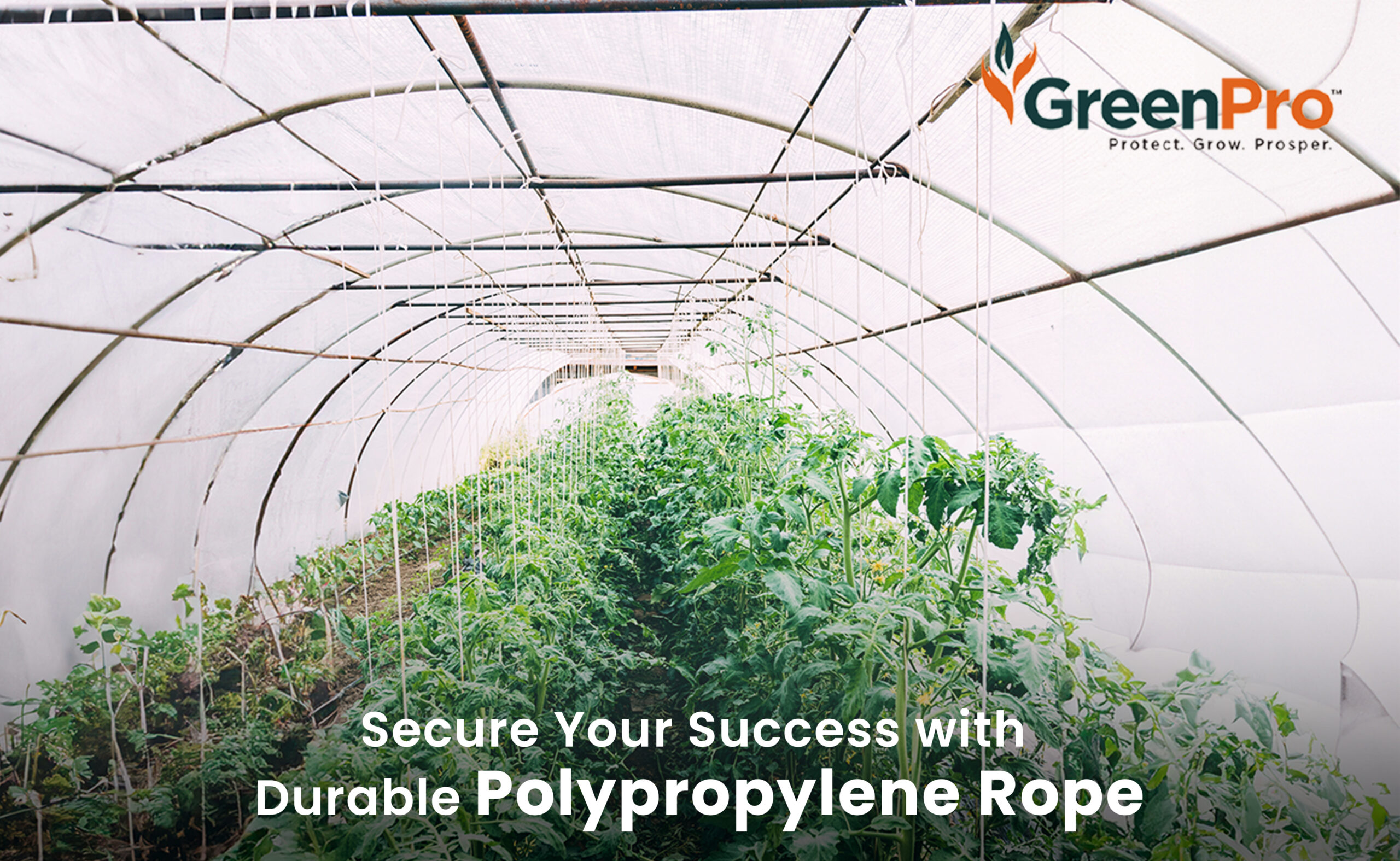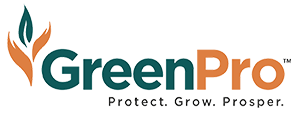Maintenance Tips for Polypropylene Rope in Agriculture

In the world of agriculture, where tools and materials are constantly exposed to harsh weather, heavy-duty tasks, and continuous wear, reliable equipment is crucial. Among these, polypropylene rope (PP rope) stands out as a versatile and indispensable asset. Known for its light weight, high strength, and resistance to moisture, the PP rope is widely used in various farming applications, from tying plants and securing tarps to lifting heavy equipment and handling loads. However, like any material, proper maintenance is essential to maximize its lifespan and maintain its performance.
Let’s learn some of the best practices for maintaining Polypropylene Rope in agricultural settings, helping you ensure that this crucial tool continues to serve your needs reliably for years to come.
Understanding the Role of Polypropylene Rope in Agriculture
Polypropylene rope is highly valued in agriculture due to its unique combination of characteristics. It is resistant to rot, mildew, and most chemicals, making it suitable for outdoor use in all types of weather conditions. Farmers often rely on it for:
- Tying and securing crops, nets, and tarps.
- Handling and transporting heavy loads like hay bales and equipment.
- Supporting plant growth in horticulture.
- Anchoring greenhouses or other structures.
Despite these advantages, polypropylene rope requires proper care to maintain its performance over time, especially when exposed to the elements.
Why Maintenance is Crucial
Even though polypropylene rope is durable, improper use or neglect can reduce its lifespan, making it prone to fraying, abrasion, and loss of tensile strength. Regular maintenance ensures that you not only get the best value out of your investment but also improve safety and efficiency in your agricultural operations. Here are key maintenance tips that will help you keep your polypropylene rope in top condition.
1. Proper Storage is Key
Exposure to direct sunlight and extreme weather conditions can degrade the rope over time, leading to weakening and potential breakage.
Tip: Store in a Cool, Dry Place
Always store your polypropylene rope in a shaded, cool, and dry area when not in use. Avoid leaving it exposed to UV rays for prolonged periods, as polypropylene, though resistant to many environmental factors, is susceptible to UV degradation. Over time, exposure to sunlight can cause the rope to damage quickly. Consider using covered storage or UV-resistant bags to protect your rope during off-seasons.
GreenPro Ventures Tip: If you’re using polypropylene rope in greenhouse applications or for crop tying, keep a designated storage space inside the shed or equipment room to prevent unnecessary exposure to harsh conditions when not in use.
2. Clean Your Rope Regularly
Dirt, grime, and debris that accumulate on the rope can lead to abrasion and wear. Over time, particles embedded in the fibers can cut into the rope’s strands, reducing its strength and durability.
Tip: Gentle Cleaning Process
After each use, especially after working in muddy or dirty environments, take the time to rinse off your polypropylene rope with clean water. Avoid using harsh chemicals or solvents as these can weaken the fibers. Let the rope air dry fully before storage to prevent any mold or mildew growth.
Pro Insight: If your rope has been exposed to saltwater (for example, in coastal farming areas), it’s even more crucial to clean it regularly. Salt can crystalize and cause abrasion over time, leading to premature wear.
3. Inspect Regularly for Wear and Tear
Regular inspections can prevent accidents and equipment failures. Polypropylene rope can develop weak points from overuse or exposure to extreme conditions, and identifying these early on can save you from costly replacements and downtime.
Tip: Check for Fraying and Cuts
Examine the rope periodically for signs of fraying, thinning, or cuts. Pay special attention to the areas that endure the most strain, such as knots or points of contact with sharp edges or machinery. If you notice any visible damage, consider cutting the damaged portion and re-splicing the rope to maintain its integrity.
Safety First: Damaged ropes are more likely to break under tension, posing serious safety hazards. Always replace or repair damaged sections promptly.
4. Avoid Overloading the Rope
While polypropylene rope is strong and versatile, overloading it can lead to stretching, weakening, and even breakage. Always be mindful of the rope’s weight capacity and avoid exceeding its maximum load limit.
Tip: Know the Load Capacity
Each polypropylene rope has a specific tensile strength and load capacity. Before using the rope in tasks like lifting heavy equipment or securing large loads, ensure that the load does not exceed the rope’s rated capacity.
Efficiency in Agriculture: When using PP rope for tasks such as securing greenhouse tarps or bundling crops, always ensure that you’re working within the rope’s limits to avoid unexpected failures.
5. Protect Against Sharp Edges and Abrasion
Friction is one of the leading causes of rope degradation in agricultural settings. When polypropylene rope is dragged across rough surfaces or used against sharp edges, it can wear down quickly, leading to fraying or cuts.
Tip: Use Edge Protectors
Whenever possible, avoid pulling the rope over sharp or rough surfaces. If unavoidable, consider using edge protectors or sleeves to shield the rope from direct contact with these surfaces.
In Practice: For tasks that require the rope to be run over edges, like securing tarps or creating support for plant rows, using an inexpensive edge protector can save you from frequent rope replacements.
6. Coil the Rope Properly
Improper coiling or storing the rope in a tangled mess can lead to kinks and twists, which compromise the rope’s structure over time.
Tip: Coil Neatly After Each Use
After using the polypropylene rope, take the time to coil it neatly, without creating unnecessary twists. This not only makes the rope easier to use next time but also prevents kinks that could weaken the fibers. When coiling, ensure that there’s no undue stress on any particular section of the rope.
Final Thoughts
Polypropylene rope is an invaluable tool in agriculture, but like any tool, its longevity and reliability depend on proper care and maintenance. By implementing these simple yet effective maintenance tips, you can extend the lifespan of your rope and ensure it continues to perform efficiently in your farming operations.
At GreenPro Ventures, we understand the unique challenges farmers face when it comes to equipment reliability and longevity. That’s why we offer high-quality polypropylene rope specifically designed for agricultural use. With proper care and the right maintenance practices, you can ensure that this essential tool remains dependable year after year.
If you’re looking for more information or want to upgrade your agricultural supplies, feel free to contact us today. We’re here to support your farming needs with products that stand the test of time.
Want more tips on maintaining agricultural tools? Contact GreenPro Ventures today and discover our wide range of durable, high-quality farming supplies!
